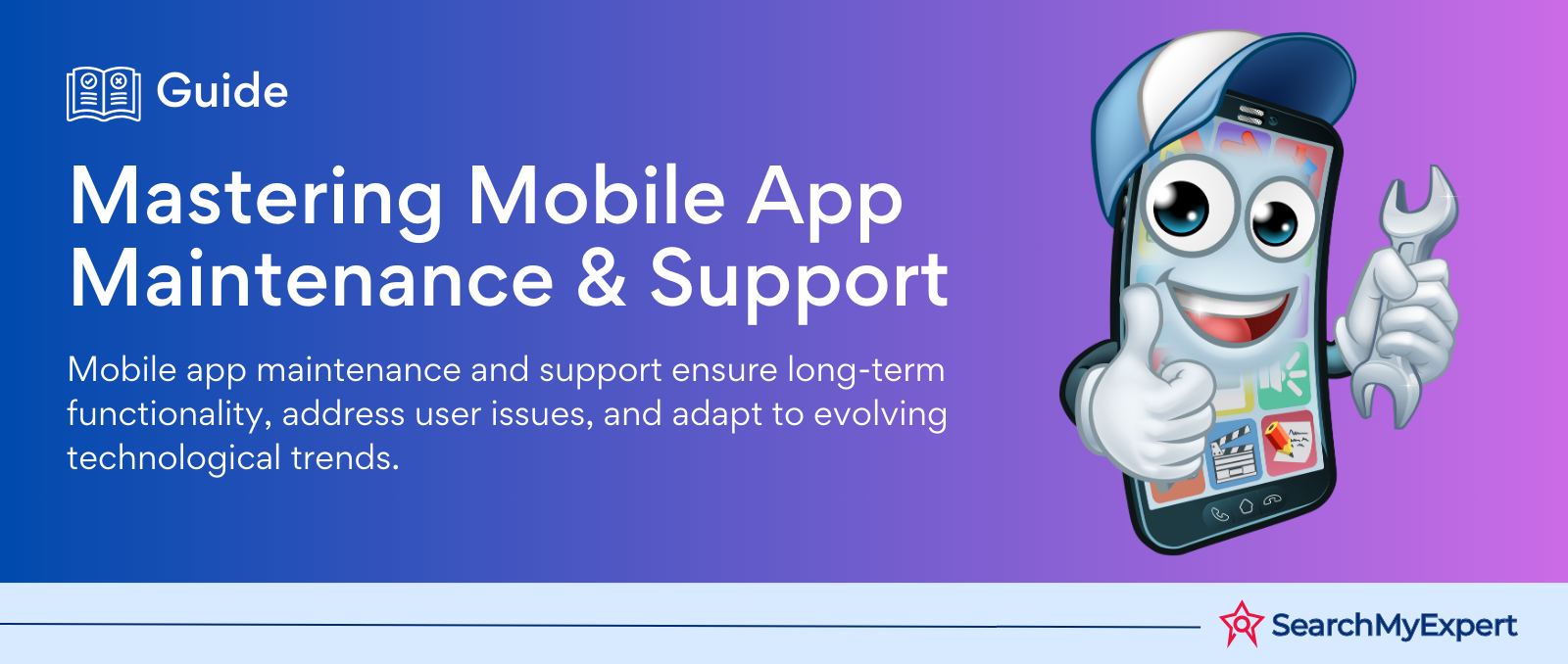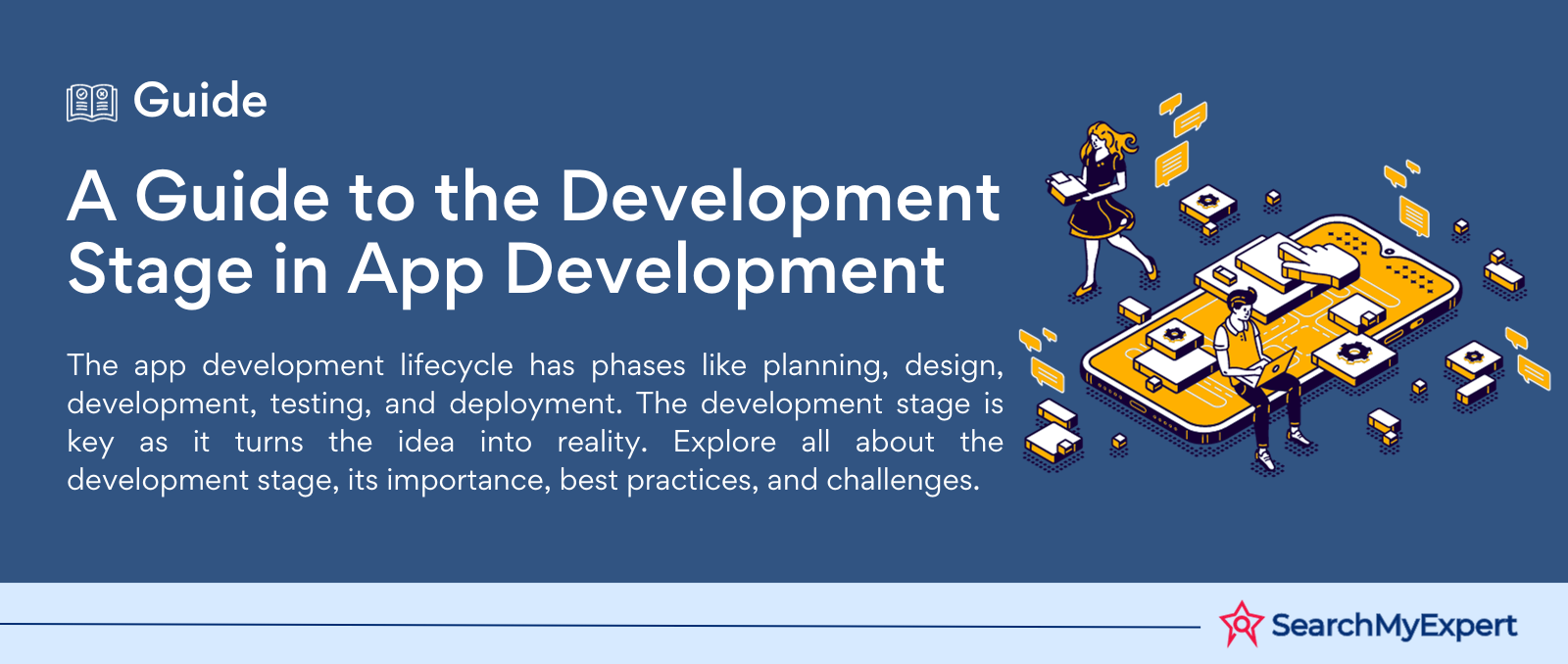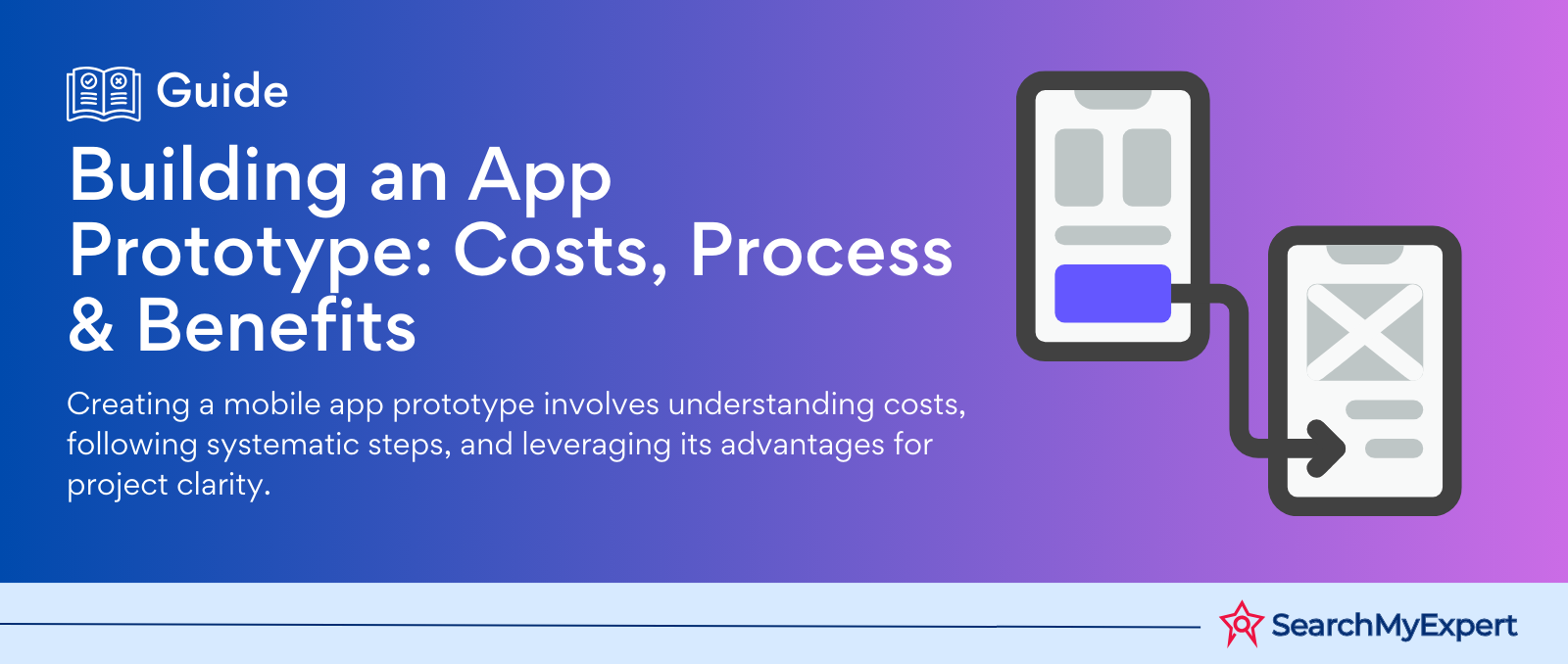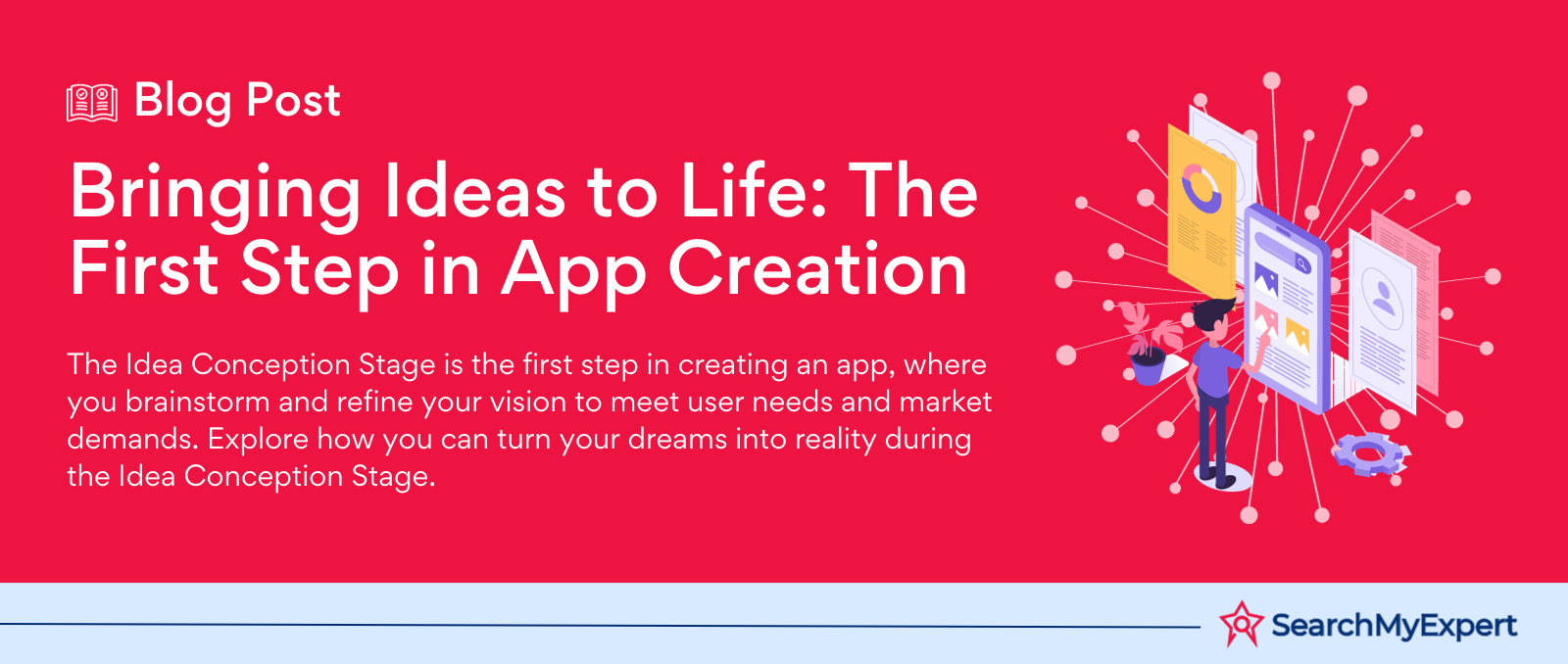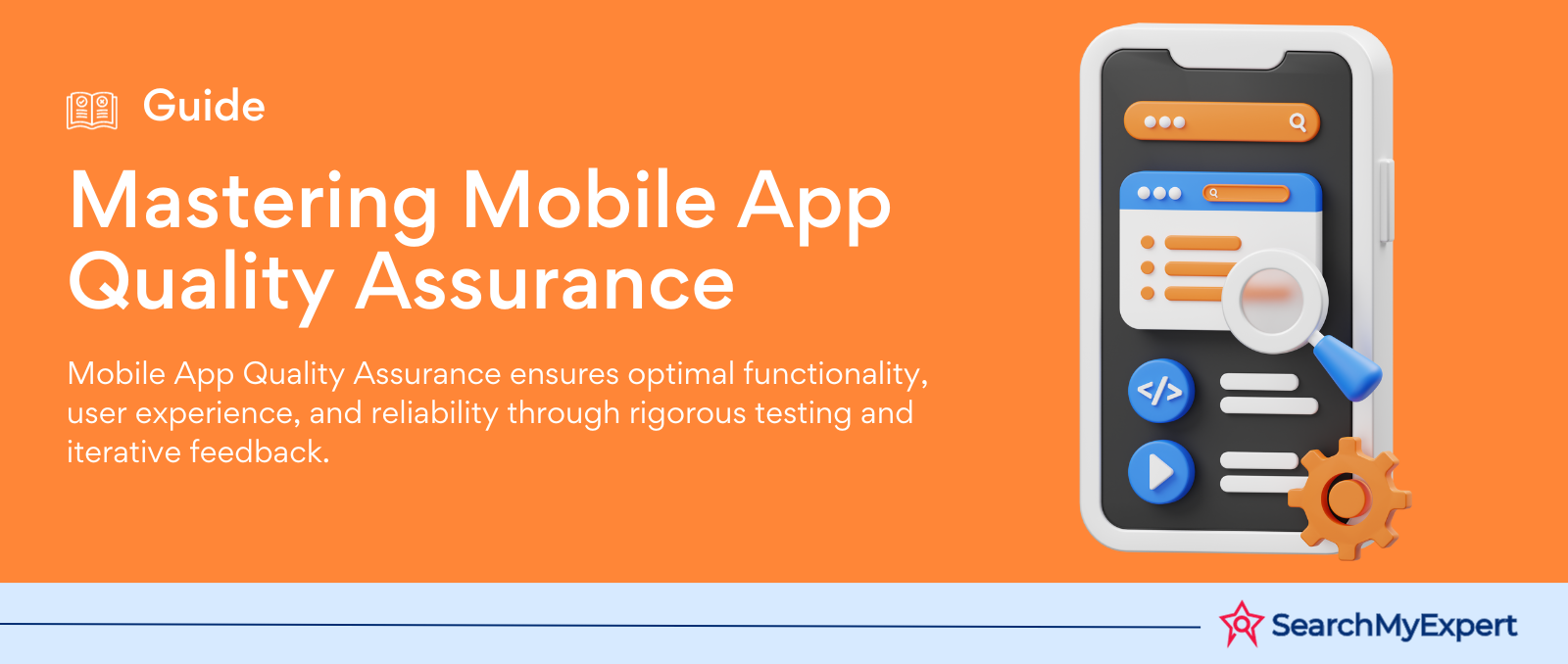AI in Agriculture: Bringing Farming into the Future for Sustainability

AI in Agriculture
The Rise of AI in Agriculture
In the realm of technological evolution, Artificial Intelligence (AI) emerges as a beacon of innovation. Once a sci-fi fantasy, AI now interlaces with various industries, transforming the way we live and work. In agriculture, a sector as old as civilization itself, AI introduces a paradigm shift.
Agriculture, the backbone of human sustenance, has always adapted with time. From the plow to genetic engineering, its evolution is a tale of human ingenuity. Today, AI marks the latest chapter in this ongoing saga. It's not just about machines working the land; it's about intelligent systems reshaping agricultural practices.
Challenges Facing Agriculture
Despite its critical role, agriculture grapples with formidable challenges. Climate change, with its erratic weather patterns, threatens crop yields and food security. Resource scarcity, particularly water, adds another layer of complexity. Meanwhile, the global population continues to soar, intensifying demand for food.
These challenges aren't just hurdles; they are existential threats to global stability. How can we produce more with less, sustainably and efficiently? The answer may lie in the very problem we face – advanced technology.
Promising Solutions from AI
Enter AI, the harbinger of hope in this scenario. AI in agriculture isn't just about automation; it's about smart, data-driven decision-making. Picture drones analyzing crop health, algorithms predicting weather impacts, or robots handling delicate tasks like weeding and harvesting.
AI promises to address key issues: optimizing resource use, enhancing crop yields, and even aiding in the fight against climate change. It offers a vision of agriculture that's not only more productive but also more sustainable and resilient. The question is no longer if AI will revolutionize agriculture, but how and when.
Applications of AI in Agriculture
Precision Agriculture: The Heart of AI-Driven Farming
Precision agriculture is where AI truly shines. It's all about harnessing the power of data and AI-driven analytics to revolutionize farming. Imagine a world where every drop of water, every ounce of fertilizer, and every inch of soil is optimized for maximum yield and sustainability. That's precision agriculture for you.
AI-Powered Sensors: Eyes and Ears in the Field
Farmers can now use AI-powered sensors to gather real-time data on soil conditions, weather, and crop health. This data is a goldmine, allowing for precise analysis and informed decision-making. For instance, sensors can detect slight changes in soil moisture, prompting irrigation only when necessary, thus conserving water.
Data Analysis: Turning Data into Decisions
AI algorithms can process vast amounts of data from these sensors, satellite images, and drones. This analysis helps farmers understand their crops at a micro level. They can identify patterns, predict outcomes, and make precise adjustments to their farming practices, ensuring every action is data-backed.
Robotics and Automation: The Hands of Modern Agriculture
Robots in agriculture are no longer the future; they're the present. AI-driven robots are changing the game, doing everything from planting seeds to picking fruit.
Autonomous Weeding and Planting
Robots can identify and eradicate weeds with precision, reducing the need for chemical herbicides. They can also handle planting, ensuring optimal spacing and depth for each seed, leading to better crop yields.
Harvesting with Care
AI-powered robots can harvest crops at the peak of ripeness. They can differentiate between ripe and unripe fruits, reducing waste and increasing the quality of produce.
Disease and Pest Control: AI as the Shield
Disease and pest control is another arena where AI flexes its muscles. Traditional methods often involve blanket approaches, but AI offers a smarter way.
Predicting Outbreaks
AI algorithms can analyze data from various sources to predict disease and pest outbreaks before they occur. This proactive approach can save crops and reduce the need for pesticides.
Identifying Pests and Diseases
AI can identify specific pests and diseases, often more accurately than the human eye. This precision allows for targeted interventions, reducing environmental impact and cost.
Recommending Targeted Interventions
Based on the identification, AI systems can recommend the most effective treatment methods. This ensures that interventions are not only timely but also precise and effective.
AI-powered Tools and Technologies in Agriculture
Machine Learning and Big Data: The Brain of Agricultural AI
Machine Learning (ML) and Big Data are at the forefront of the agricultural AI revolution. They're the brainpower behind smarter, more efficient farming.
Machine Learning: Patterns and Predictions
Machine Learning algorithms thrive on data. They sift through mountains of agricultural data, learning from patterns and anomalies. These algorithms can predict crop yields, optimize planting schedules, and even suggest the best crop varieties for specific conditions. It's like having a supercharged agricultural consultant that learns and improves over time.
Big Data: The Digital Goldmine
Big data in agriculture comes from diverse sources: satellites, drones, sensors, and even historical records. ML algorithms dive into this data ocean, extracting actionable insights. Farmers can now make decisions backed by data, not just intuition or tradition. This leads to more efficient resource usage, higher yields, and better-quality crops.
Computer Vision and Image Recognition: The Eyes of Agricultural AI
Computer Vision and Image Recognition are transforming how we see and understand farms.
Monitoring Crop Health from Above
Drones and satellites equipped with advanced cameras capture detailed images of crops. AI-powered image recognition software analyzes these images, detecting issues like nutrient deficiencies, water stress, or disease. This real-time monitoring allows for immediate action, ensuring healthy crops.
Assessing Yield Potential
AI can estimate crop yields by analyzing images. It looks at plant size, color, and other factors, predicting how bountiful the harvest will be. This information is invaluable for supply chain planning and market predictions.
Internet of Things (IoT) and Sensors: The Nervous System of Agricultural AI
IoT and sensors are the tendrils of AI in agriculture, gathering crucial data from the field.
Real-time Data Collection
IoT sensors in the field collect real-time data on soil moisture, temperature, humidity, and more. This data is the lifeblood of AI in agriculture, enabling it to make informed decisions.
AI-driven Insights
With this data, AI systems can provide real-time insights. For example, they can signal when crops need water, optimizing irrigation schedules. They can also monitor soil health, suggesting when and where to apply fertilizers.
Benefits and Impact of AI in Agriculture
Increased Productivity and Yield: AI as the Catalyst
AI in agriculture is a game-changer for productivity and yield.
Optimizing Resource Use
AI-driven systems ensure that resources like water, fertilizers, and pesticides are used efficiently. By analyzing data from various sources, these systems can determine the precise amount of resources needed, reducing waste and costs.
Reducing Waste
With AI, wastage in farming processes is significantly minimized. For instance, precise application of inputs means that only the required amount is used, and nothing is wasted.
Improving Crop Yields
AI technologies, like precision farming and smart irrigation, lead to healthier crops and higher yields. They enable farmers to grow more with less, which is vital in feeding the ever-growing global population.
Sustainability and Environmental Protection: AI for a Greener Future
AI's role in promoting sustainable farming is pivotal.
Optimizing Water and Fertilizer Use
AI systems can precisely determine the amount of water and fertilizer needed by crops, reducing overuse and runoff. This not only conserves resources but also protects water bodies from pollution.
Reducing Greenhouse Gas Emissions
By optimizing farming operations and reducing the need for heavy machinery, AI can help lower greenhouse gas emissions. Smarter farming means a smaller carbon footprint.
Protecting Biodiversity
AI-enabled farming practices can be designed to protect natural habitats and biodiversity. By minimizing the impact of farming on surrounding environments, AI helps maintain ecological balance.
Improved Farmer Livelihoods: Empowering Farmers with AI
AI is not just about crops; it's about the people who grow them.
Data-Driven Insights
AI tools provide farmers with insights that were previously unavailable. This information empowers them to make informed decisions, improving their farming practices and yields.
Improved Decision-Making
With AI, farmers can predict market trends, understand their crop health better, and make informed decisions about when to plant, harvest, and sell.
Increasing Profitability
Ultimately, all these benefits lead to increased profitability for farmers. Better yields, reduced costs, and optimized operations mean that farmers can enjoy a better standard of living.
Challenges and Considerations in Implementing AI in Agriculture
Ethical and Societal Concerns: Navigating the Complex Terrain
The integration of AI in agriculture brings its share of ethical and societal challenges.
Data Privacy
In an age where data is king, the privacy of the data collected in agriculture becomes a major concern. Who owns this data? How is it used? Ensuring the privacy and security of agricultural data is paramount.
Job Displacement
AI and automation could lead to the displacement of workers in agriculture. This transition must be managed carefully to ensure that those whose jobs are at risk are retrained or provided with new opportunities.
Equity of Access
Access to AI technology is not uniform, with larger, wealthier farms having more resources to invest in AI. This disparity could widen the gap between small and large-scale farmers, leading to equity issues in agricultural practices and profits.
Infrastructure and Technical Requirements: Building the Foundation
To fully harness AI's potential in agriculture, certain infrastructural and technical requirements must be met.
Internet Connectivity
Robust internet connectivity is essential for AI technologies to function effectively. In many rural areas, where farming is predominant, connectivity can be a challenge.
Digital Literacy Training
Farmers must be trained in digital literacy to effectively use AI technologies. This involves education and training programs that are accessible and tailored to the needs of the agricultural community.
Technological Infrastructure
Supporting AI adoption requires a solid technological infrastructure, including hardware and software, that is accessible and affordable for farmers.
Regulatory Frameworks and Policy Considerations: Steering Responsible AI Use
Clear regulations and policies are crucial for the responsible development and implementation of AI in agriculture.
Development of Regulations
Regulations need to be developed to govern the use of AI in agriculture. These regulations should ensure that AI is used responsibly and ethically, with consideration for the environment, economy, and society.
Policy Considerations
Policies should be put in place to support the adoption of AI in agriculture. This includes funding for research and development, support for farmers in adopting these technologies, and policies to manage the socio-economic impacts.
The Future of AI in Agriculture
Emerging Trends and Innovations: Sowing Seeds of the Future
The horizon of AI in agriculture is vibrant with emerging trends and innovations.
Personalized Breeding Programs
AI ushers in a new era of crop breeding. Personalized breeding programs, powered by AI algorithms, can analyze genetic data to create crop varieties tailored to specific environmental conditions and needs. This approach could revolutionize crop improvement, making it faster and more efficient.
Crop Disease Prediction
Imagine predicting a disease outbreak before it happens. AI makes this possible through advanced analytics and pattern recognition. By analyzing data from various sources, AI can forecast disease outbreaks, enabling preemptive actions to protect crops.
Automated Food Production Systems
The concept of fully automated food production systems is no longer far-fetched. AI-driven systems can manage entire farming operations, from planting to harvesting, with minimal human intervention. This could lead to higher efficiency, consistency, and scalability in food production.
Long-term Vision and Potential: Cultivating a Future-Ready Agriculture
AI has the potential to fundamentally transform agriculture, shaping a future that's more secure, sustainable, and efficient.
Transforming the Agricultural Sector
AI could lead to a more data-driven, efficient, and responsive agricultural sector. This transformation includes everything from farm management to supply chain optimization, reshaping the way we produce and distribute food.
Contributing to Food Security
With the global population rising, food security becomes increasingly critical. AI can significantly contribute to this challenge, optimizing production, reducing waste, and ensuring more consistent and abundant food supply.
Sustainable Future for Food Production
Sustainability is a cornerstone of AI in agriculture. By optimizing resource use, reducing environmental impact, and promoting sustainable practices, AI can help create a future where food production is in harmony with the planet.
Harnessing AI to Reshape Agriculture
The journey through the world of AI in agriculture reveals a landscape ripe with potential and brimming with opportunities. AI stands as a pivotal force in revolutionizing agriculture, poised to address some of the most pressing global challenges.
Key Points of AI Revolution in Agriculture
- Optimized Farming Practices: AI enhances resource efficiency, crop yields, and reduces waste.
- Sustainable Agricultural Practices: AI supports sustainable farming, conserving resources and protecting the environment.
- Empowerment of Farmers: AI-driven insights and tools boost farmer decision-making and profitability.
- Innovative Solutions: From personalized breeding to disease prediction, AI introduces cutting-edge solutions in agriculture.
- Vision for the Future: AI promises a transformed agricultural sector, contributing to global food security and a sustainable future.
The Imperative of Responsible AI Development
The potential of AI in agriculture comes with a responsibility to develop and implement this technology ethically and sustainably.
- Ethical Considerations: Issues like data privacy, job displacement, and equity of access must be addressed.
- Technical and Infrastructural Support: Essential for the effective adoption of AI in rural and agricultural settings.
- Regulatory Frameworks: Needed to guide the responsible use of AI in agriculture.
Call to Action: Cultivating a Collaborative Future
To unlock the full potential of AI in agriculture, a concerted effort is essential.
- Encourage Research and Innovation: Continuous exploration and innovation in AI for agriculture must be encouraged to keep pace with emerging challenges and opportunities.
- Foster Investment: Investment in AI technologies and infrastructure is crucial for advancing agricultural practices.
- Promote Collaboration: Collaboration between technologists, farmers, policymakers, and researchers is vital for developing solutions that are equitable and effective.
Conclusion
In essence, AI in agriculture is more than just a technological upgrade; it's a beacon of hope for a sustainable future, promising enhanced food security and improved livelihoods for farmers worldwide. It's an invitation to all stakeholders to participate in shaping a future where technology and tradition coalesce for the greater good of humanity and the planet.
Partner with the best in AI technology – Artificial Intelligence Agencies.
share this page if you liked it 😊
Other Related Blogs

Mastering Docker for App Development: A Comprehensive Guide to Benefits, Use-Cases, and Alternatives
STAY UP TO DATE
GET PATH'S LATEST
Receive bi-weekly updates from the SME, and get a heads up on upcoming events.
Contact Us





